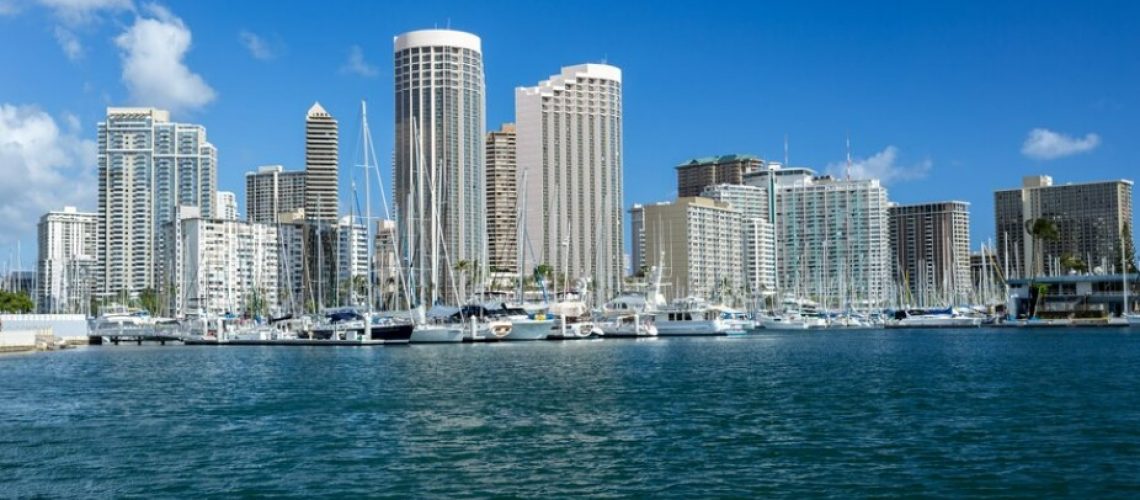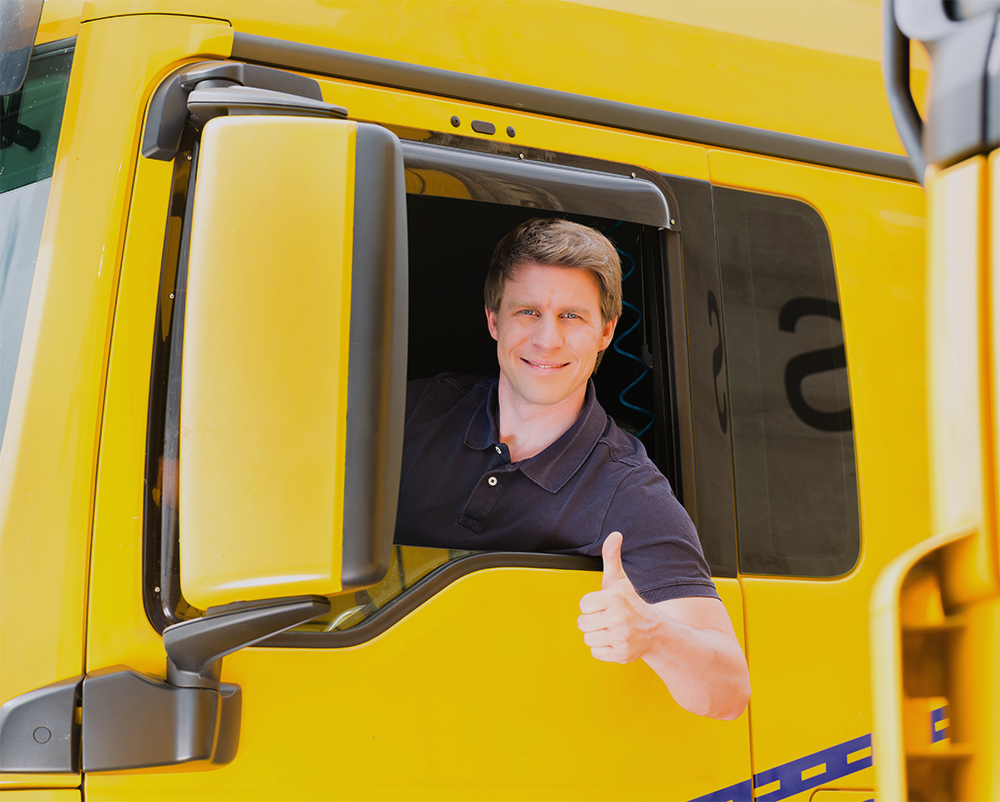It is obvious that the process of shipping a vehicle from state to state or from one city to another, differs from shipping it to the Pacific; it is a much more complicated task, as it involves sea transportation too; however, we can make it easy by guiding you, step by step, through the whole operation. Let’s get started:
STEP ONE: DEFINE YOUR PREFERENCES.
- Port-to-Port Service: With this service, your vehicle will be placed from the nearest port on the mainland (Los Angeles, Ca., Oakland, Ca., San Diego, Ca., VCP Dallas, Tx.), to the port you select in Hawaii (Hilo, Kahului, Lanai, Honolulu, Molokai, Nawiliwili).
- Door-to-Port service: With this service, we pick up your vehicle from your doorstep or other accessible location to the nearest port (works both ways)
- There is also the option to drop-off and pick up the vehicle yourself at the ports.
- Open or Enclosed transport: Depending on your needs and preferences, you can choose between these two services.
STEP TWO: BOOK WITH US
Make your reservation by calling one of our agents; in order to give you an accurate quote, he will ask you to provide basic information, such as:
- Origin and destination: The distance between the port of origin and port of destination determines the shipping price; the farther, the more expensive.
- Shipping Date: You will get different quotes, depending on the season.
- Options selected: Port, shipping terminal, or your doorstep.
- Vehicle size, year, make and model, color, VIN number, and plate number. If your vehicle has larger dimensions than the standard, (up to 6,000 lbs.) or measures more than 21 feet 8 inches in length, 8 feet in width, and 7 feet in height, it is considered an oversized vehicle and will have additional shipping and handling charges.
- Required Documents: Vehicle title or lien holder authorization letter (if the vehicle is financed or leased), a current registration, picture ID., and notarized letter from the owner authorizing someone else if he is not to be present at the moment of delivering the vehicle.
The shipping price will depend on the following factors:
- Season: Depending on the seasonal fluctuations, time, and month of the year, rates could be lower or higher.
- Origin and destination: East Coast and Midwest cost more money than shipping to/from California. It is cheaper from Hawaii to the mainland than the other way around.
- Selected option: Door-to-door is more expensive than Port-to-port.
- Vehicle size: Again, it is more expensive to ship an oversized vehicle (trucks, SUVs) than a regular one.
- Cost of fuel: fluctuations in fuel price, affect the shipping rates.
STEP THREE: PREPARE YOUR VEHICLE
- The vehicle must be drivable and in a safe operating condition, with no mechanical or safety problems.
- It should be thoroughly washed and cleaned, with no fluid leaks, for inspection at the port of origin, according to USDA inspection requirements.
- Remove items from your car to reduce weight; no personal belongings, valuables or loose items should be kept inside (tools, fire extinguishers, ski or bike racks, radar detectors, portable radios and stereos, CD and tape players, tapes, and CDs amplifiers, equalizers, unmounted speakers, remote controls, spare keys, cartons, car covers, tailgate nets, steering wheel locks, auto masks). No luggage, boxes, or clothes are allowed inside the vehicle.
- According to Coast Guard regulations, your tank should be a minimum of 1/8 and a maximum of 1/4 of gas and we do not provide siphoning services. Vehicles with propane tanks or powered by another type of fuel (propane, electric, etc.) have different and unique handling. Electric vehicles must be 50% charged. If a vehicle becomes inoperable because of a dead battery or low fuel, it will mean an extra cost.
- Keep in mind that, depending on the age, batteries may lose their charge during the trip, for which we will not be responsible.
- Have a copy of your booking as well as all your required documents at hand: Vehicle title or lien holder authorization letter (if the vehicle is financed or leased), a current registration, picture ID., and notarized letter from the owner authorizing someone else if he is not to be present at the moment of delivering the vehicle.
- Deactivate, turn off or disable any alarm systems, otherwise, no liability will be accepted for failure or damage.
- A set of keys will be required at the moment of shipping.
STEP FOUR: STARTING YOUR SHIPPING PROCESS
Expect a transit time of about 9 to 30 days, depending on the places of origin and destination, vessel schedules, and loading and unloading times. Our agent will inform you of the estimated dates of shipping and arrival (From Hawaii to the Mainland: 9 to 24 days. From the US mainland to Hawaii 19-33 days, approximate estimation).
You will be informed at all times and in advance of your vehicle pick up and arrival, so you can make arrangements.
Ports charge storage fees if a vehicle is left more than the stipulated free time.
For further information, call 877 957 4878.



